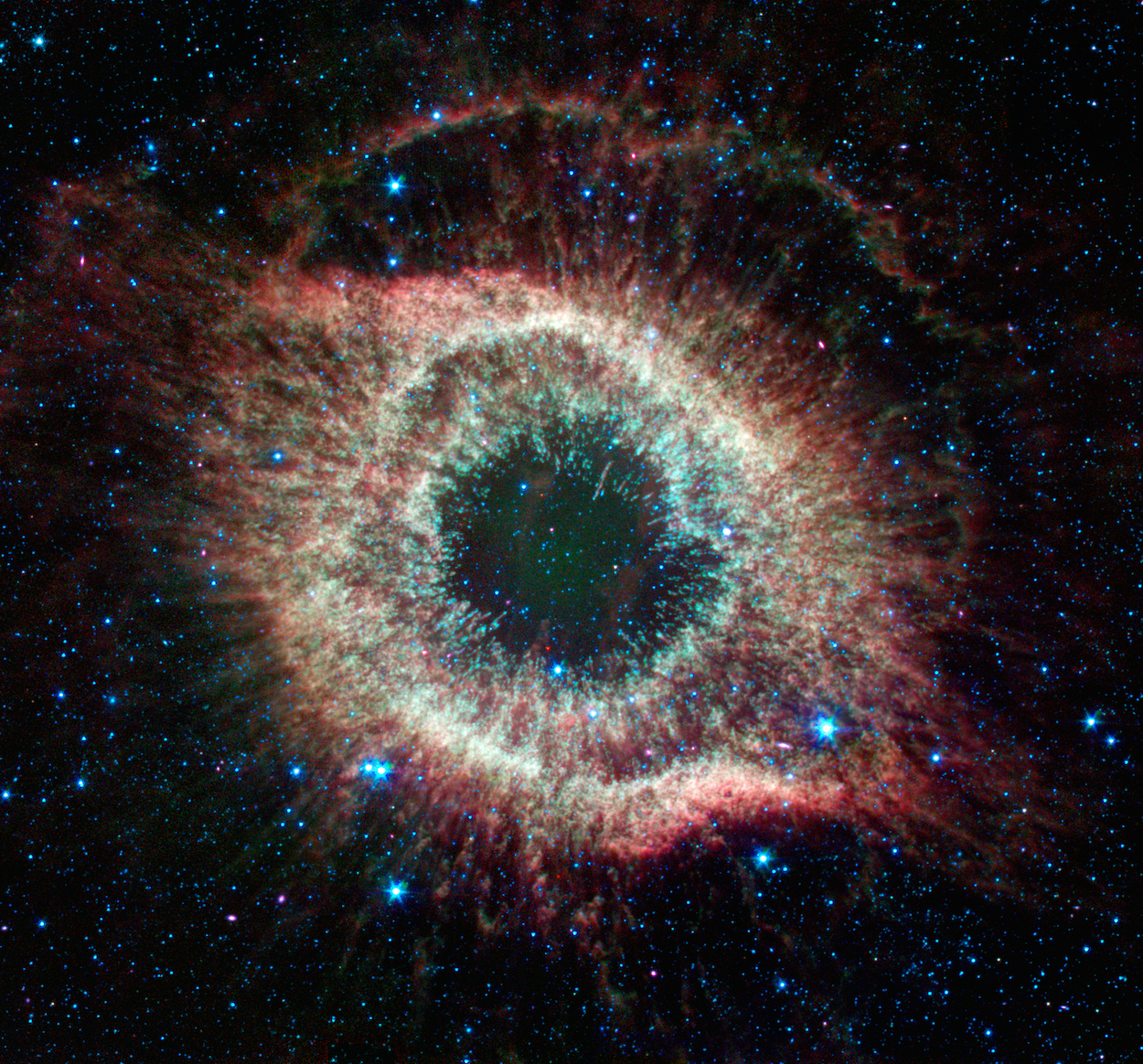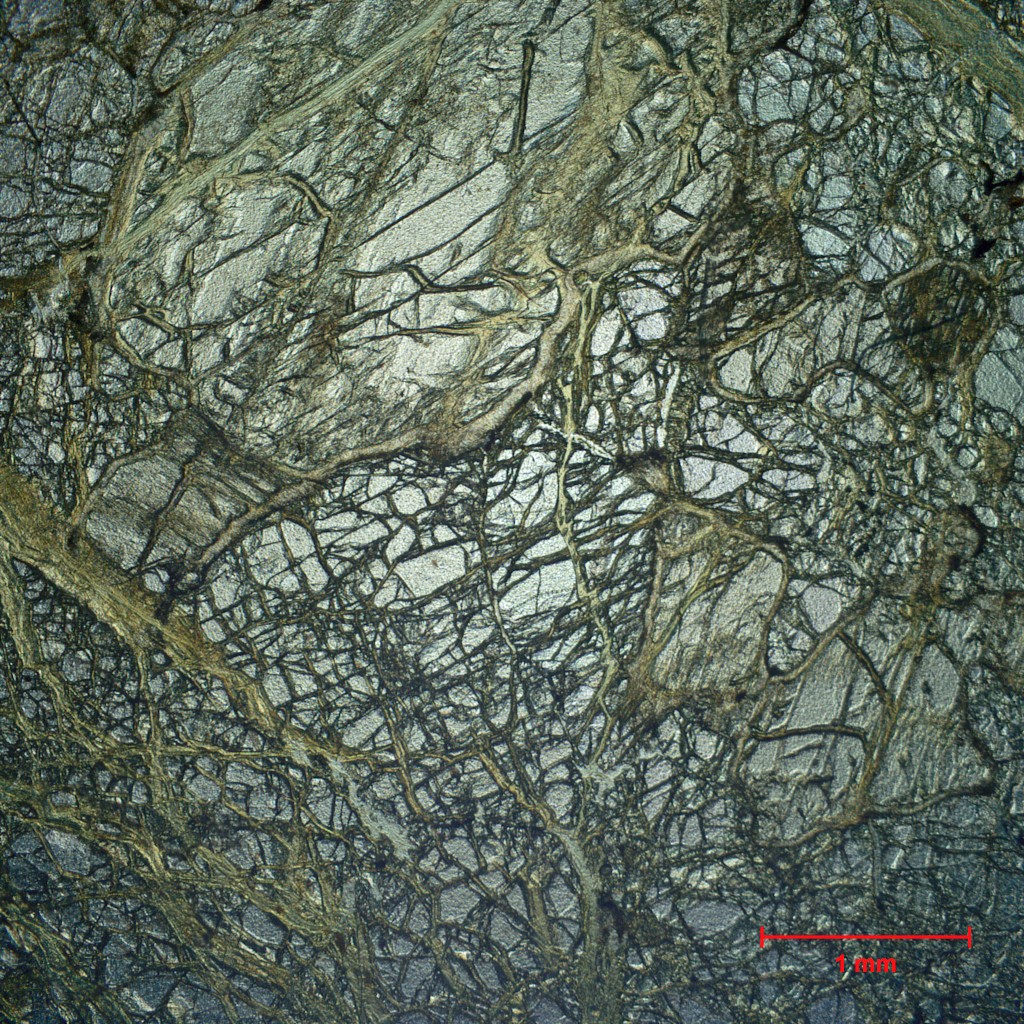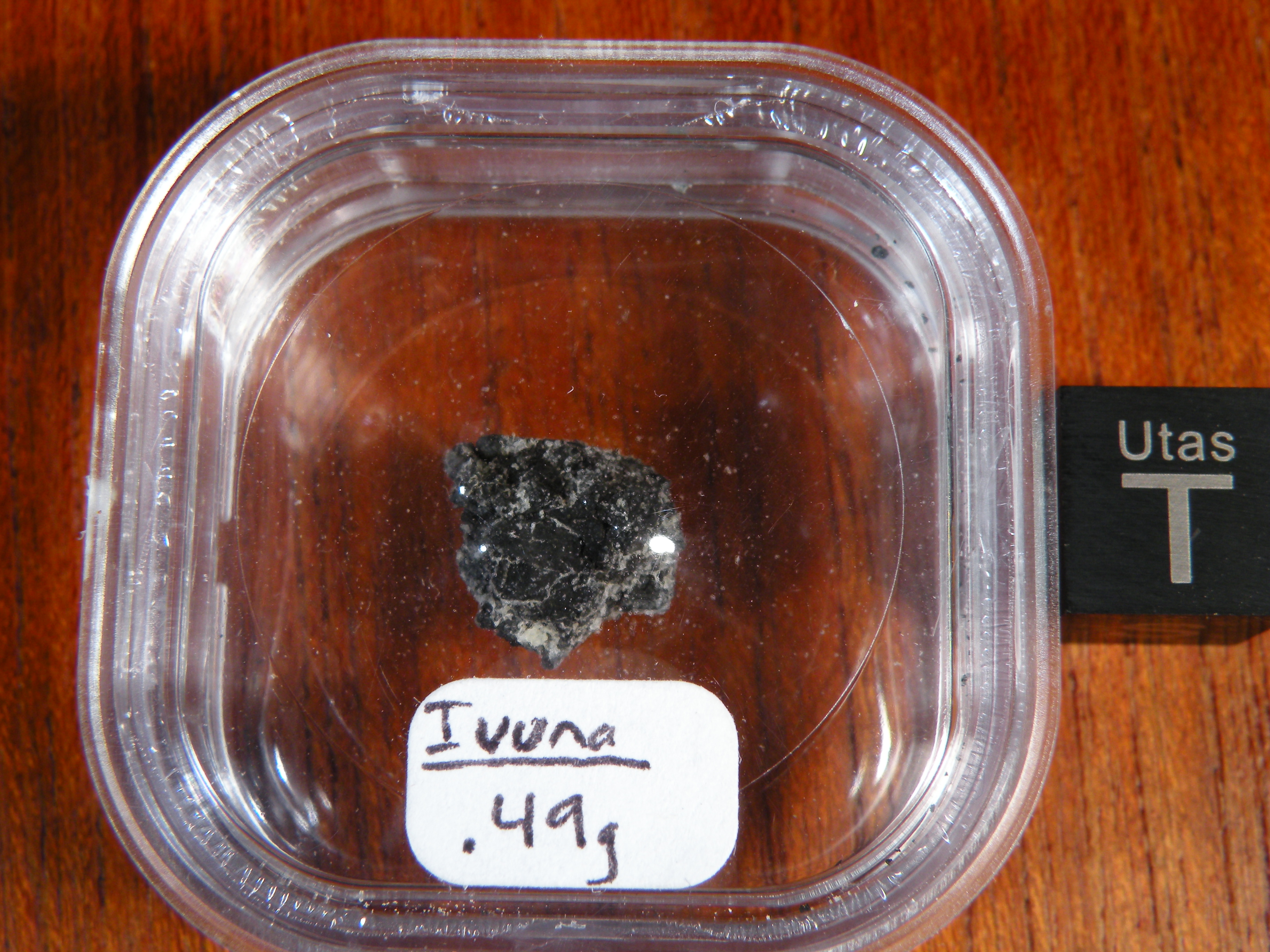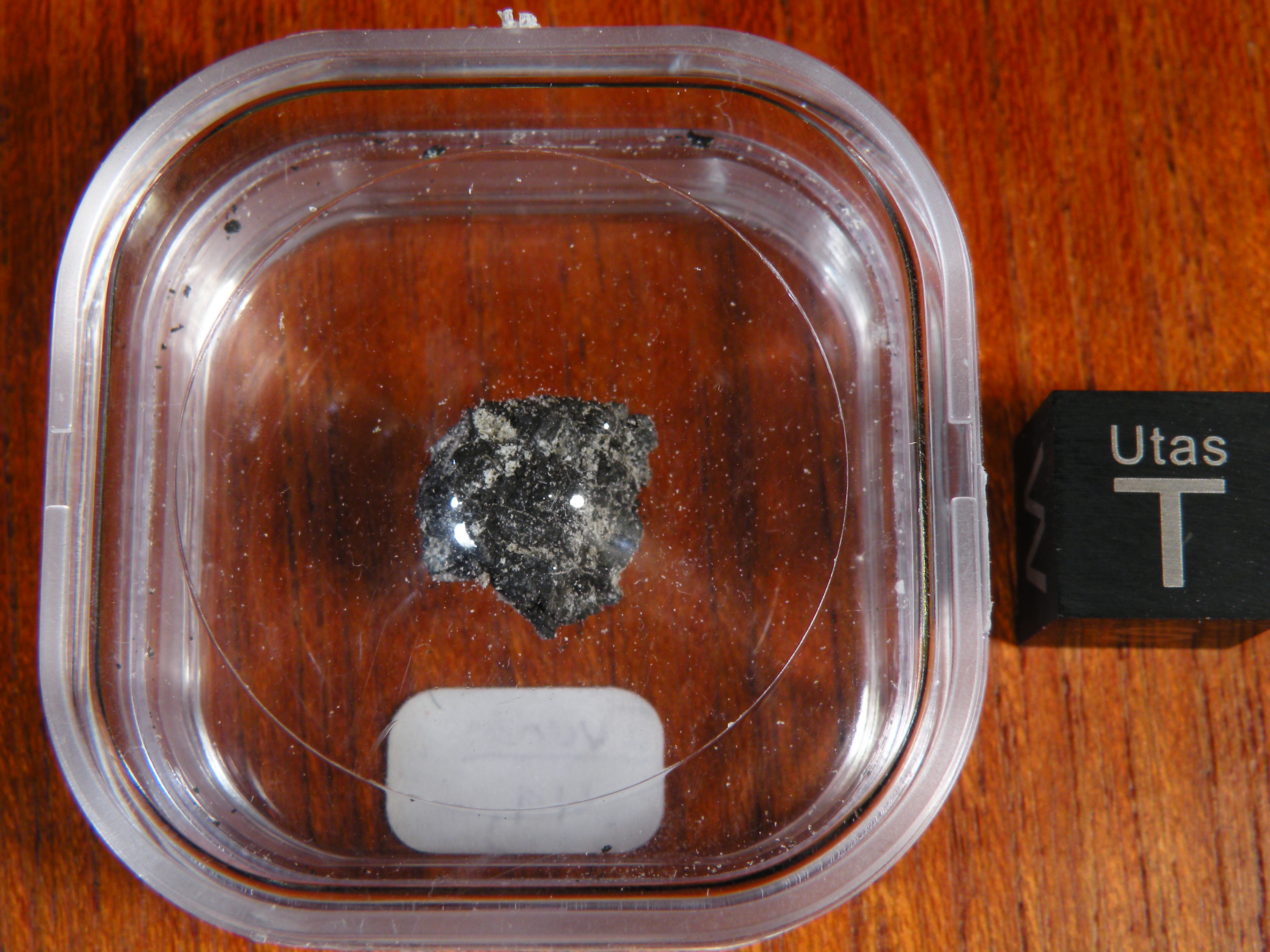Ivuna, CI1
Type-1 chondrites are fairly rare, partly because they are so fragile. Atmospheric entry often results in very high mass loss for these kinds of meteorites, and, after they land, they don’t last long before being turning into mud / dust.
CI1 chondrites are important meteorites for a few reasons. Type-1 chondrites have experienced little to no heating or melting since they formed, so they have preserved rare inclusions like pre-solar grains. Pre-solar grains are microscopic mineral grains that formed either with the convective outer layer of large stars, or within the nebula(e) that provided the starting material (gas and dust) for everything in our Solar System.

Unfortunately, these meteorites have undergone significant aqueous alteration, which has erased much of their original chondritic texture. But, that same alteration has catalyzed a number of interesting chemical reactions. When olivine and other ultramafic minerals are exposed to water, chemical reactions start to take place. These reactions create heat, hydrogen, methane, ammonia, and other compounds and molecules important for life.

Here are a few solid papers on the topic:
Serpentinization and Its Implications for Life on the Early Earth and Mars, by Schulte et al., 2006.
H2-rich fluids from serpentinization: Geochemical and biotic implications, by Sleep et al., 2004.
Hydrothermal vents and the origin of life, by Martin et al., 2008.
As a result of these wet reactions — and high energy Solar radiation, these meteorites often contain complex organic molecules and are hypothesized to have played a role in the formation of life on Earth ~4+ billion years ago. CI1 chondrites in particular contain some of the highest water and organic molecule concentrations of any known meteorites, and are often compared to cometary material.
This specimen weighs only 0.49 grams, but it likely contains many pre-solar grains! Ex. Blaine Reed

